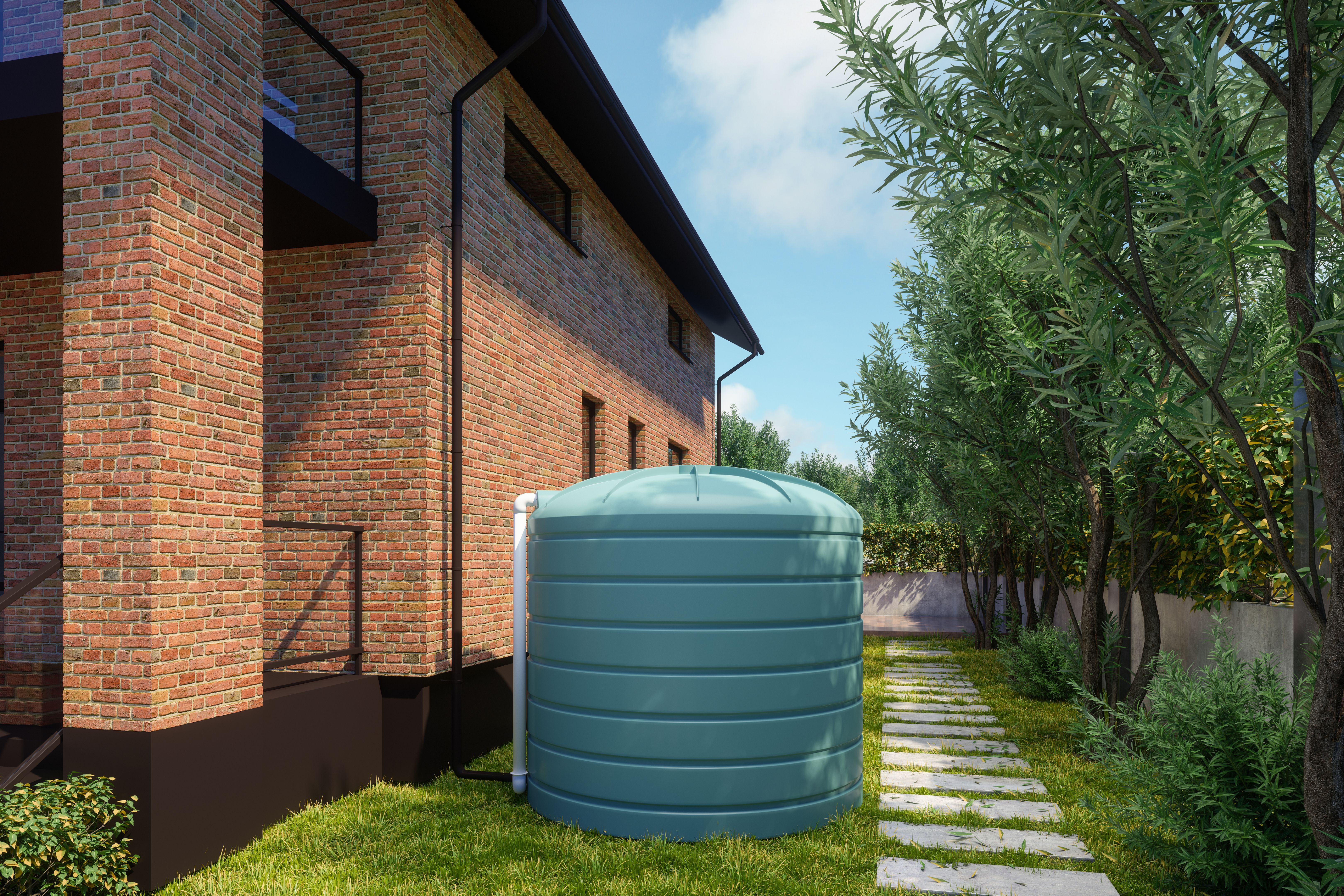Empowering Communities with Water Storage Solutions
Understanding the Importance of Water Storage Solutions
Water is a fundamental resource for life, yet access to clean and safe water remains a challenge in many communities around the world. In regions prone to droughts or with limited infrastructure, water scarcity can significantly impact daily life. This is where water storage solutions come into play, offering a sustainable way to manage and utilize water resources effectively.
By implementing water storage systems, communities can ensure a steady supply of water even during dry spells. These solutions not only support daily needs but also contribute to agriculture, sanitation, and overall health improvement, creating a ripple effect of positive change.

Types of Water Storage Solutions
Rainwater Harvesting Systems
Rainwater harvesting is one of the most accessible and environmentally friendly methods of water storage. It involves collecting and storing rainwater for later use. This solution is particularly beneficial in areas with seasonal rainfall patterns, enabling communities to capture and store water during the rainy season to use during drier periods.
Groundwater Recharge Techniques
Groundwater recharge involves augmenting the natural replenishment of aquifers through various techniques. By increasing the water available underground, this method helps maintain a sustainable water supply. Techniques such as infiltration basins, recharge wells, and percolation tanks are commonly used to enhance groundwater levels.
Benefits of Implementing Water Storage Solutions
The advantages of adopting water storage systems are far-reaching. Firstly, these solutions ensure water availability throughout the year, reducing dependency on external sources. They also help in mitigating the impacts of droughts, ensuring that communities have enough reserves to withstand dry periods.
- Economic benefits: Water storage can boost agriculture by ensuring a reliable water supply for crops, leading to improved yields and financial stability for farmers.
- Health improvements: Access to sufficient water enhances sanitation and hygiene, reducing disease outbreaks and improving community health.
- Environmental sustainability: Properly managed water storage systems can help maintain local ecosystems by ensuring that natural water bodies are not over-exploited.
Community Involvement in Water Storage Initiatives
For water storage solutions to be successful, community involvement is crucial. Engaging local populations in planning, implementing, and maintaining these systems ensures their sustainability and effectiveness. Community education programs can raise awareness about the importance of water conservation and management, fostering a culture of responsibility and stewardship.

Collaborative Efforts with NGOs and Governments
Collaborative efforts between communities, non-governmental organizations (NGOs), and governments can amplify the impact of water storage initiatives. By pooling resources and expertise, these partnerships can design and implement projects that are tailored to meet the specific needs of each community. Financial assistance from government grants or NGO funding can also make these projects more accessible.
Empowering communities with water storage solutions is not just about providing infrastructure; it's about equipping people with the tools and knowledge necessary to manage their resources sustainably. By prioritizing these initiatives, we can ensure that all communities have access to the vital resource of water, fostering resilience and promoting long-term well-being.